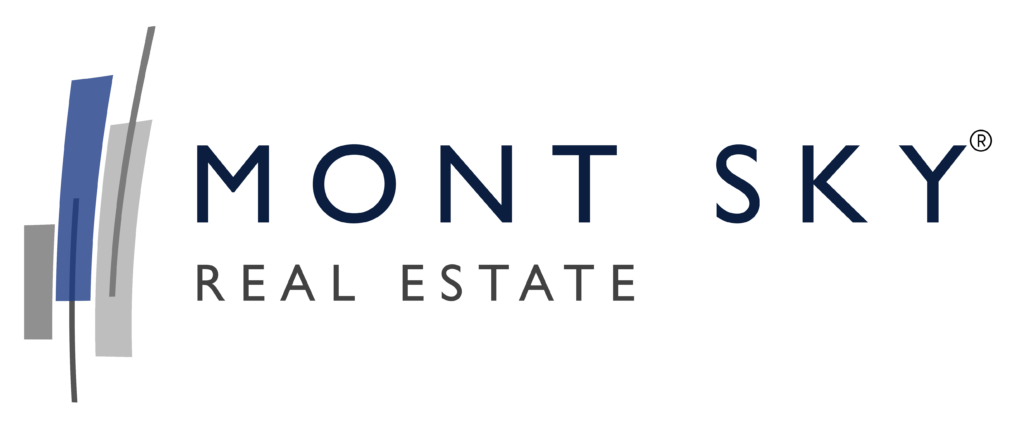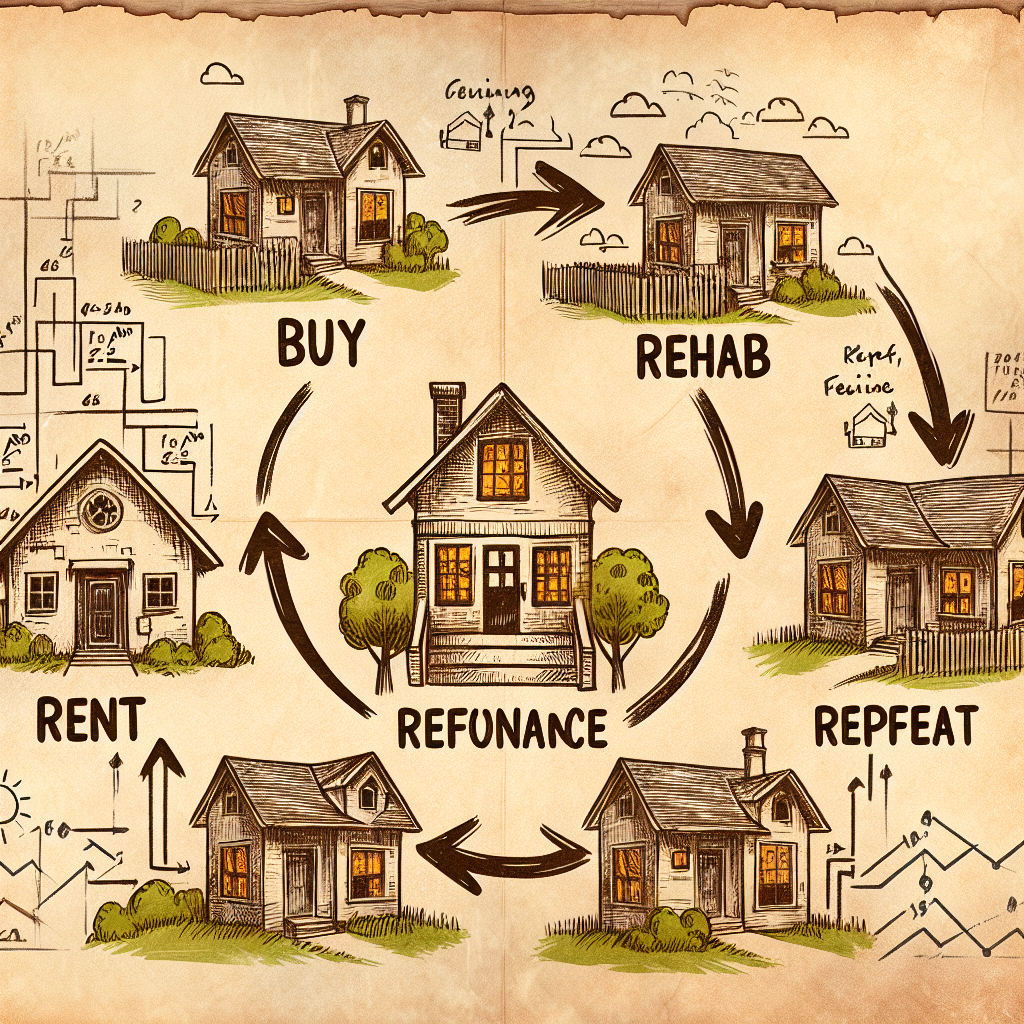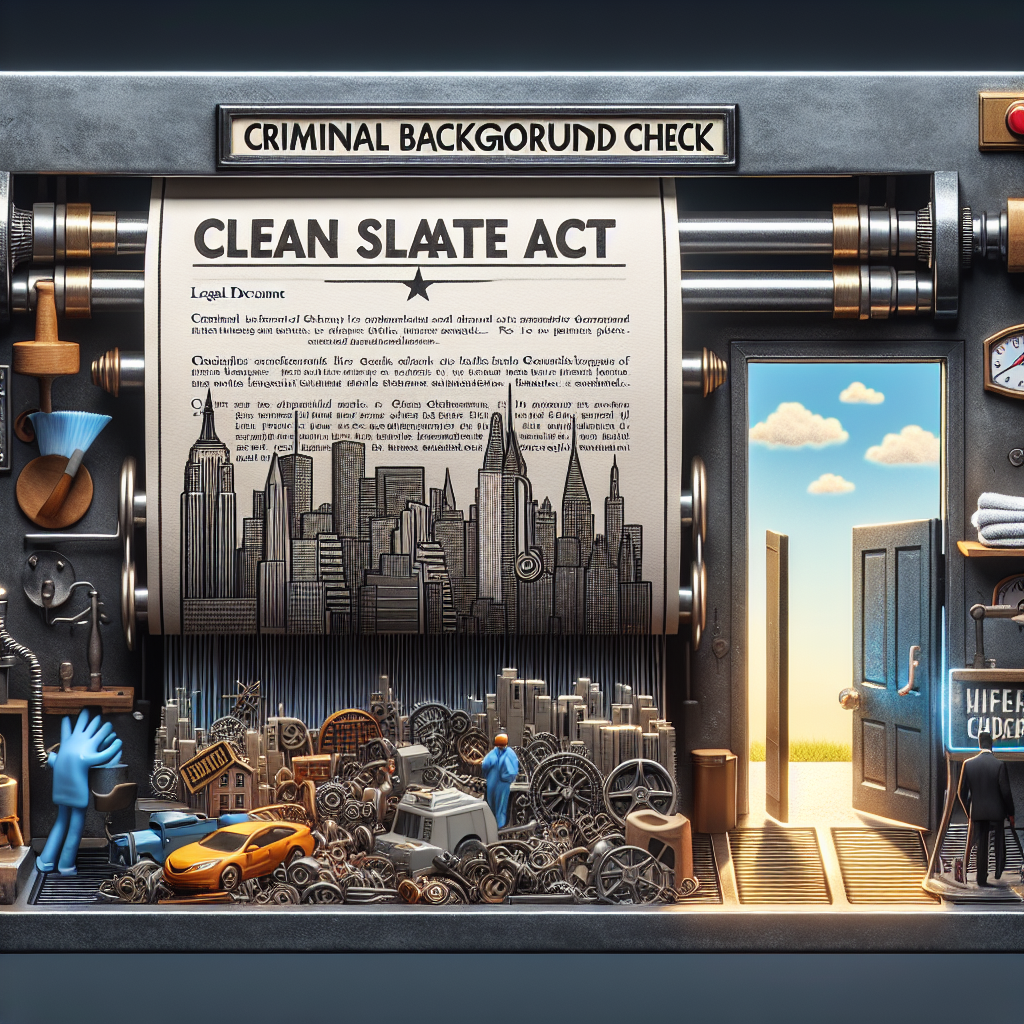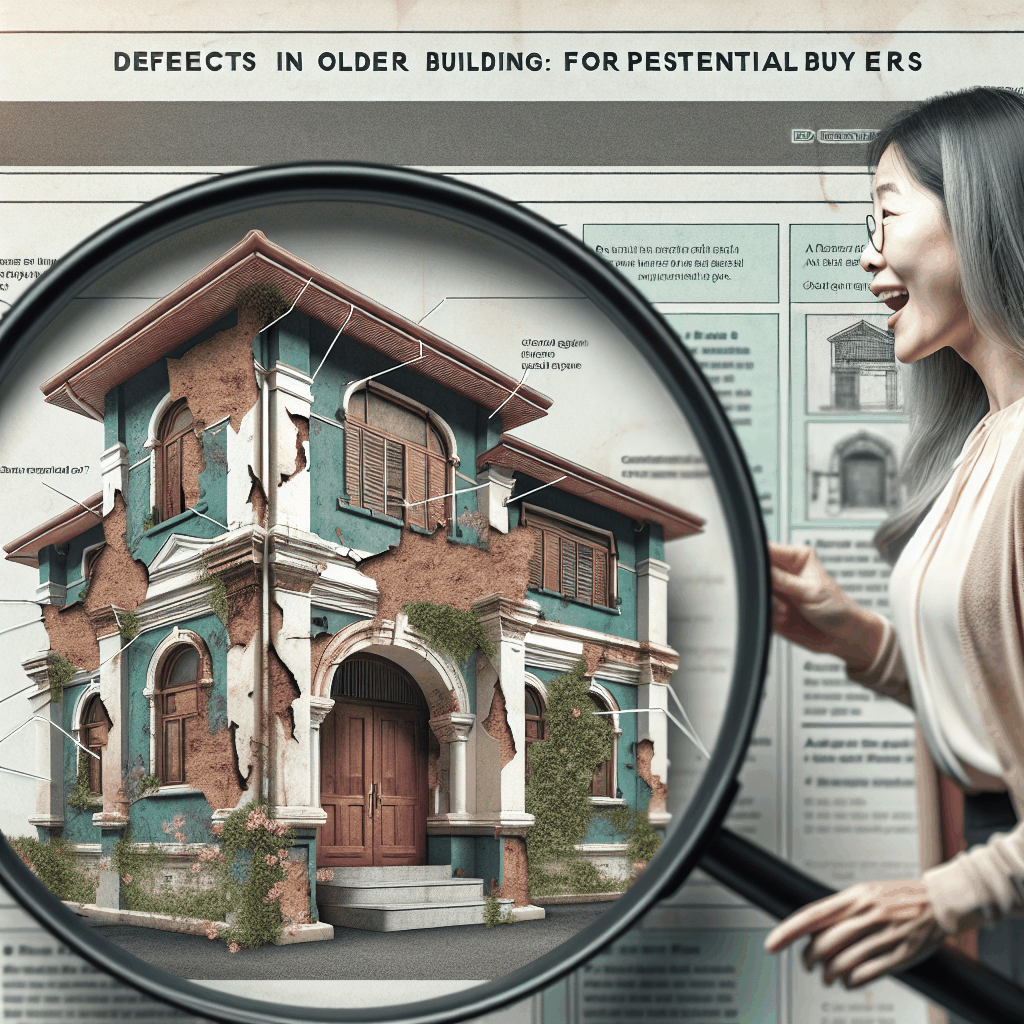Unraveling the Complexities of Local Law 11
New York City, the city of skyscrapers, is filled with millions of buildings, each with its unique architectural significance. Among the various laws formulated to keep these structures secure, Local Law 11 stands out due to its robustness and fine detailing. Originally introduced as a safety protocol, this law has evolved over time to ensure the overall structural integrity of buildings. However, with evolution comes complexity, leaving residents with countless questions. This guide aims to demystify Local Law 11 by providing clear and concise answers to the top questions asked by NYC residents. We’ll delve into the origins, implications, requirements, and impacts of the law, ensuring you get a comprehensive rundown.
Personal Experience: My Journey with Local Law 11 As a Condo Owner
My journey with Local Law 11 as a condo owner in New York City has been quite enlightening. Initially, the law may seem overwhelming due to its highly technical nature. However, once I decided to proactively understand it, I found it easier to navigate its requirements.
Owning a condo in NYC is a luxurious experience, but it comes with its share of obligations, and Local Law 11 regulations are among the most important. Failing to comply can result in severe penalties, highlighting the need for awareness. My experiences have fuelled my passion for educating fellow New Yorkers about the importance of this law. Respect for the regulations doesn’t just keep my building safe; it contributes to the overall safety of the city’s buildings.
Local Law 11, known as the “Façade Inspection Safety Program (FISP),” mandates regular inspections of building exteriors to ensure their structural integrity. It applies to any building in NYC that is at least six stories tall. The inspections, done every five years, must be carried by a qualified exterior wall inspector typically a licensed architect or engineer. If there are any significant issues spotted during the inspection, the owner is legally required to fix the problem. Not adhering to the terms of this law can result in hefty fines for building owners. Therefore, understanding Local Law 11 and its many elements is crucial for every NYC resident.
The Genesis: Historical Background of Local Law 11
Local Law 11 originated in the aftermath of a tragic incident in 1979, when a piece of masonry broke off a building, resulting in a fatal accident. Recognizing the urgent need for regulation, the city administration enacted Local Law 10 in 1980, which required the inspection of street-facing building facades. However, flaws in this law became apparent when, despite its provisions, numerous accidents occurred due to fallen debris from structures.
To address these shortcomings and further improve safety standards, Local Law 11 was introduced in 1998, replacing its predecessor. This new law expanded oversight, including all building facades, not just those facing the street. It also detailed inspection procedures and qualifications for inspectors, aiming to mitigate risk and uphold the safety of the city’s residents. This marked a significant milestone in New York City’s building regulation history, reinforcing its commitment to public safety. Hence, understanding Local Law 11 is essential for residents to fully appreciate its significance and purpose.
Pro Tip: Stay ahead in the dynamic world of New York real estate by exploring Mont Sky’s insightful Governor’s Strategy for the future – find valuable insights at Mont Sky Real Estate.
Impact and Implications: Who does Local Law 11 Affect?
The impact and implications of Local Law 11 are far-reaching. Primarily, it affects owners of buildings that are at least six stories high, who are required to ensure regular inspections and necessary maintenance work. However, its effects extend beyond building owners to residents and pedestrians, safeguarding them from potential harm due to falling debris from deteriorating buildings. The law also impacts architects and engineers who perform the mandated inspections and conducted repairs, setting stringent standards for their qualifications and work. Additionally, it affects city administrators and safety regulators who enforce compliance. Ultimately, Local Law 11 reflects a collective responsibility towards the city’s architectural safety and integrity.
Pro Tip: Gain a deeper understanding of the nuances between a real estate salesperson and broker in NYC to make informed decisions in your property journey. Check out Mont Sky Real Estate’s comprehensive guide on the key differences here.
The Mechanism: Addressing ‘How does Local Law 11 Work?’
Local Law 11 works by necessitating periodic façade inspections for buildings taller than six stories. These inspections are mandated to occur every five years, performed by a qualified exterior wall inspector, usually a licensed engineer or architect. Once the inspection is completed, a comprehensive report is submitted to the New York City Department of Buildings, detailing the condition of the building’s exterior.
